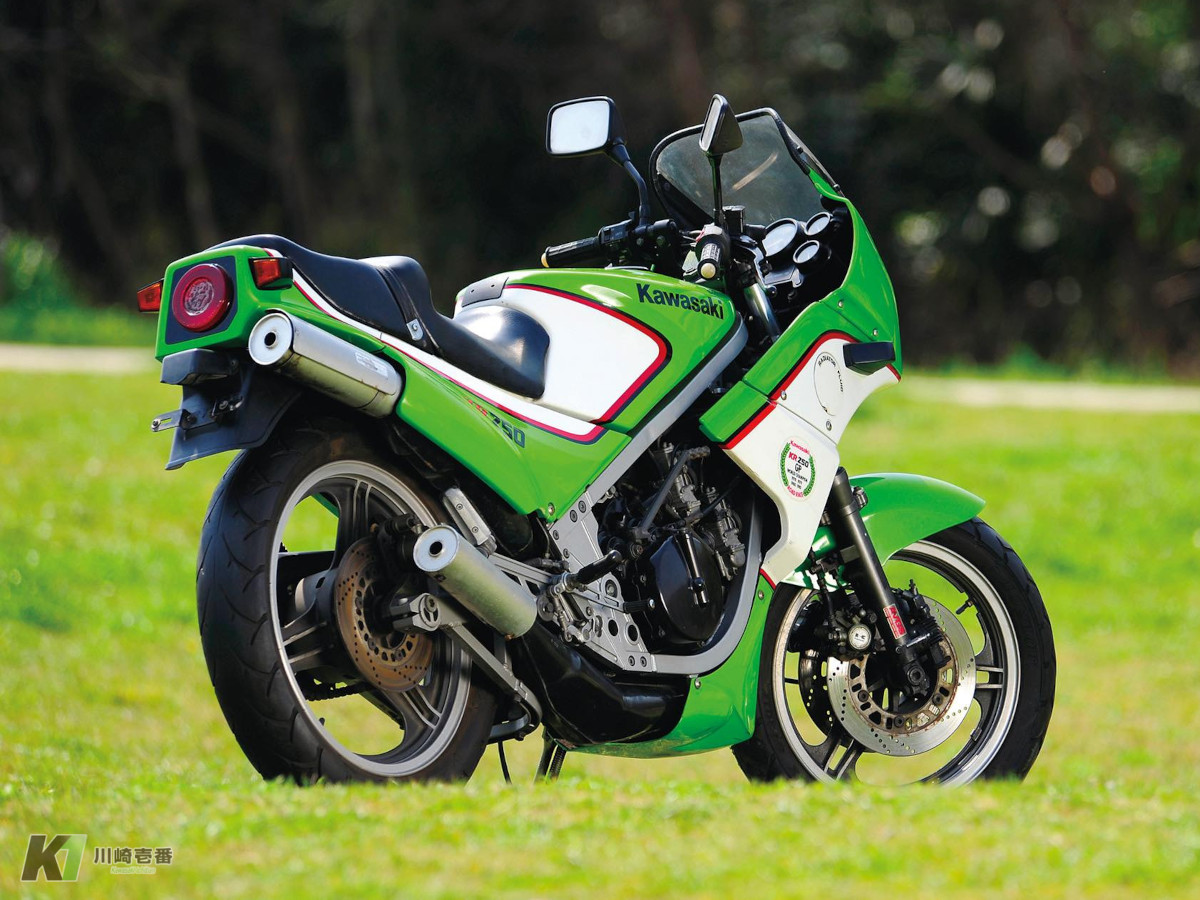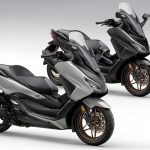This is the first 2-stroke quarter-road sport bike since the KH series was introduced at the height of the racer replica boom. The tandem twin-engine, similar to that of the "KR250/350″ WGP machines, which boasted of their invincibility, became the talk of the town.
A replica of the technology and know-how behind the original form
An indispensable part of the story of the KR250 is Kawasaki's foray into the American market with the A1 Samurai, as well as the company's racing scene, especially in the WGP. In the 1950s, when there were more than 100 motorcycle manufacturers in Japan, Kawasaki changed its brand from Meihatsu. Although Kawasaki had a brand image as an aircraft manufacturer, it was a latecomer as a motorcycle manufacturer, and the company's mission was to catch up with and surpass its rivals. What was required was speed and durability. In order to prove these qualities and to increase sales, it was believed that participating in races would be effective.
By the 1960s, Kawasaki was on par with its predecessors, Honda, Yamaha, and Suzuki. The motorcycle market then expanded overseas. Kawasaki places great importance on its expansion into the U.S. and develops and introduces the W1 and A1 as strategic models for the U.S. market. The A1 was recognized for its performance as the world's fastest 250 cm3 production motorcycle. The A1R, a production racer based on the A1, fought a good battle with its speed.
It was proven that race results were reflected in sales figures.
In the 1970s, Kawasaki introduced the KR250, KR350, and H2R to the racing scene. They were dubbed the "Green Monsters" for their incredible speed, success, and body color, and became the rage. Especially in the WGP, the KR250 and KR350 were always victorious and unbeatable.
→Read the full story **JP Website
Original Source. [ Kawasaki first ]



